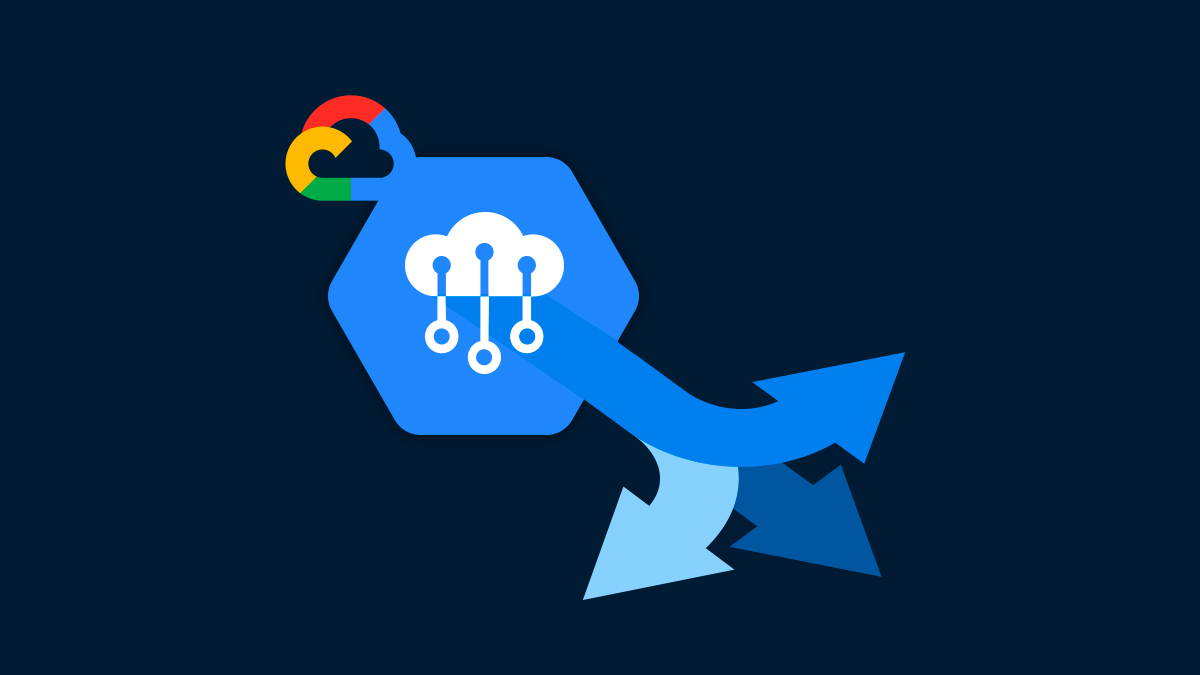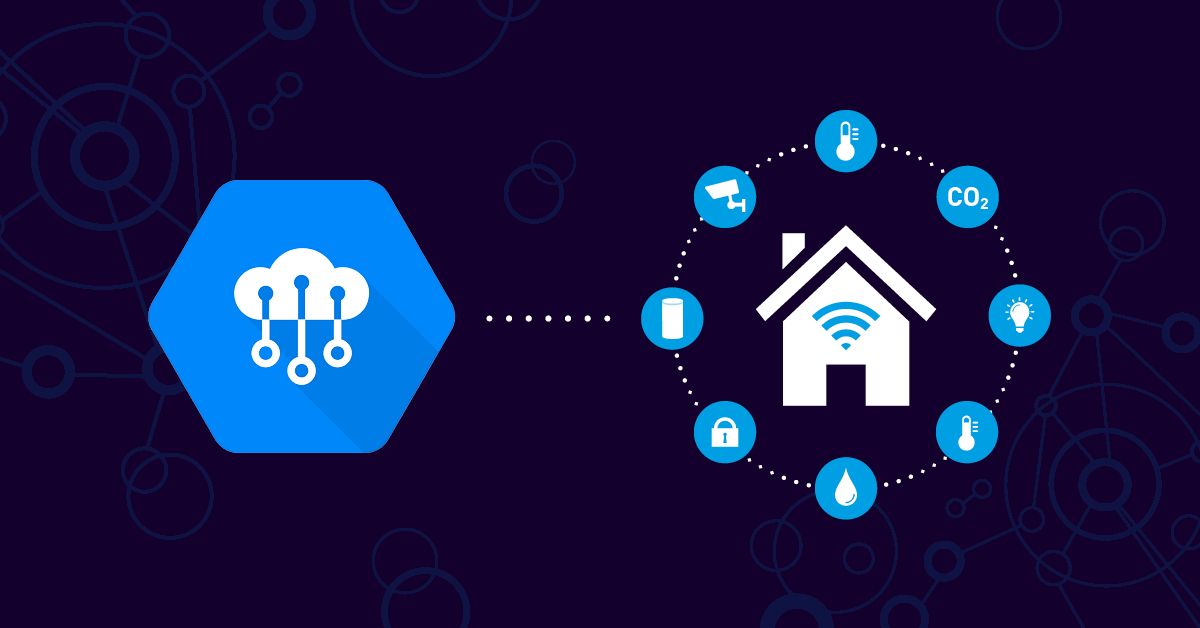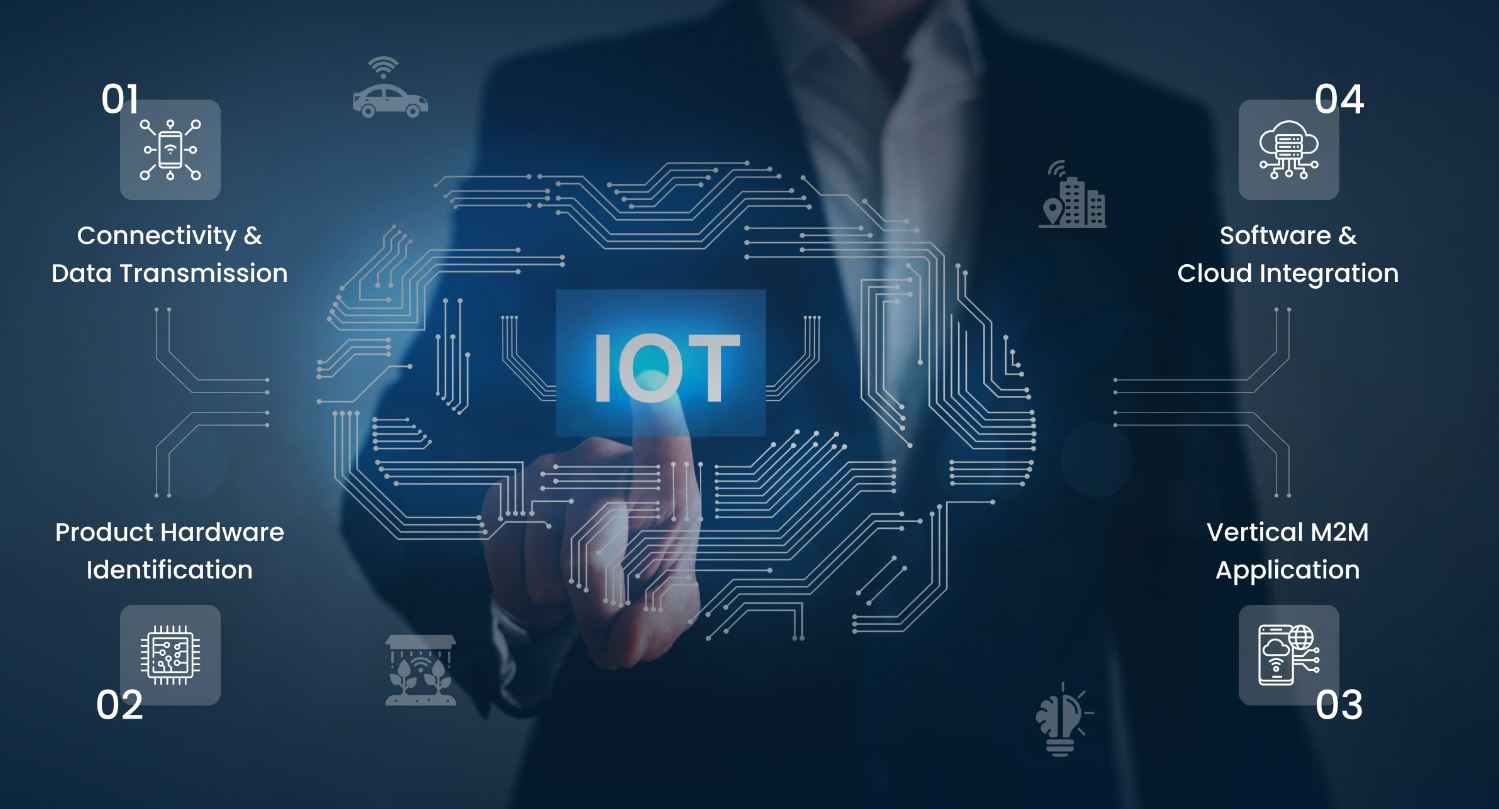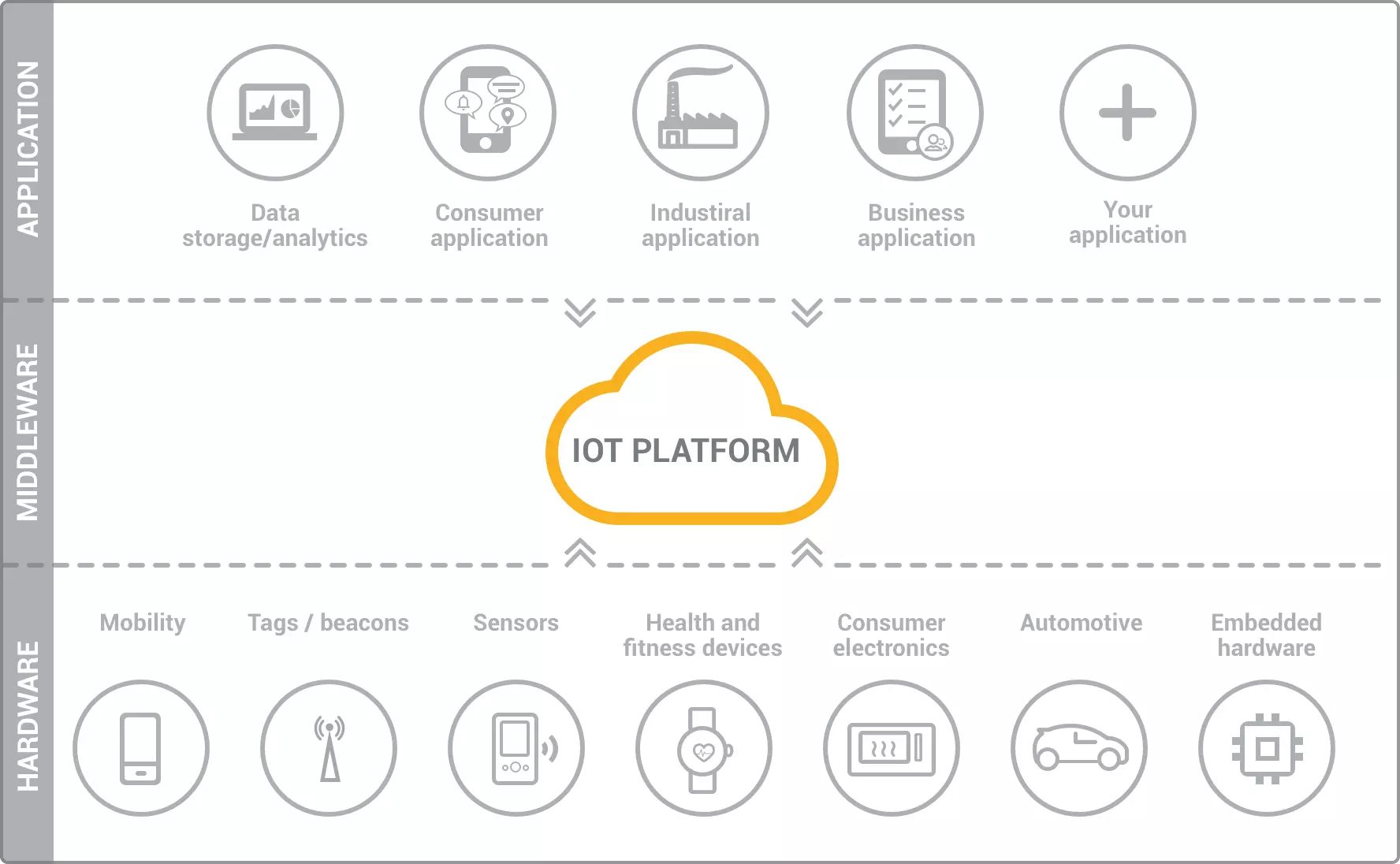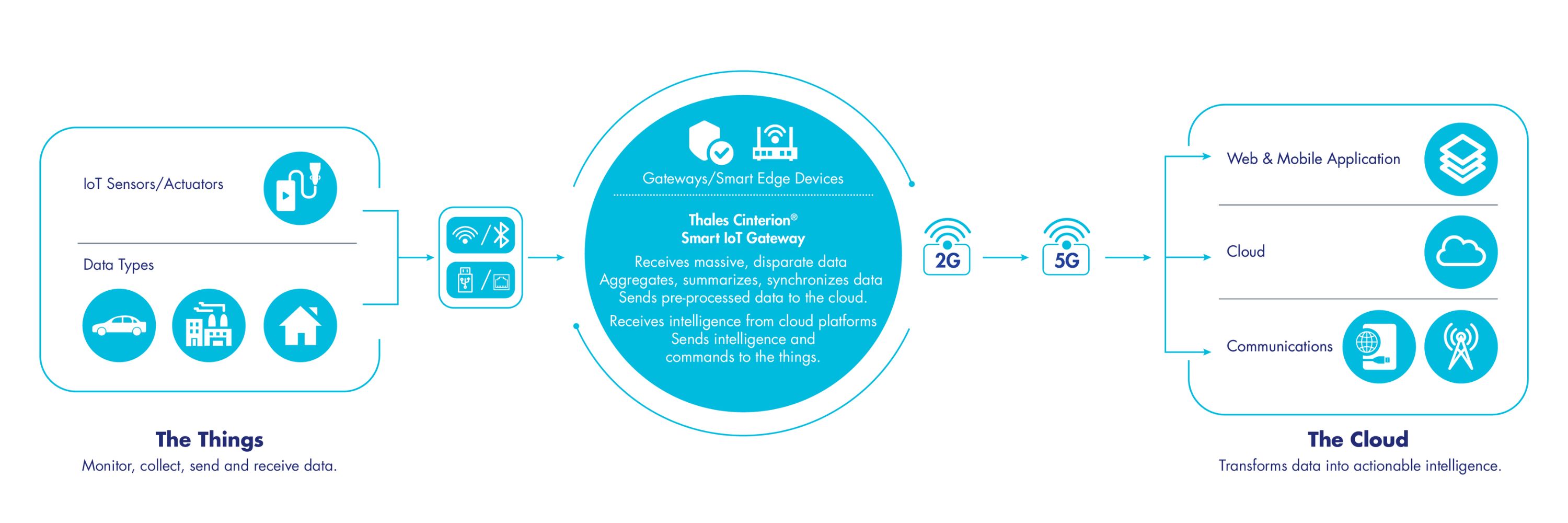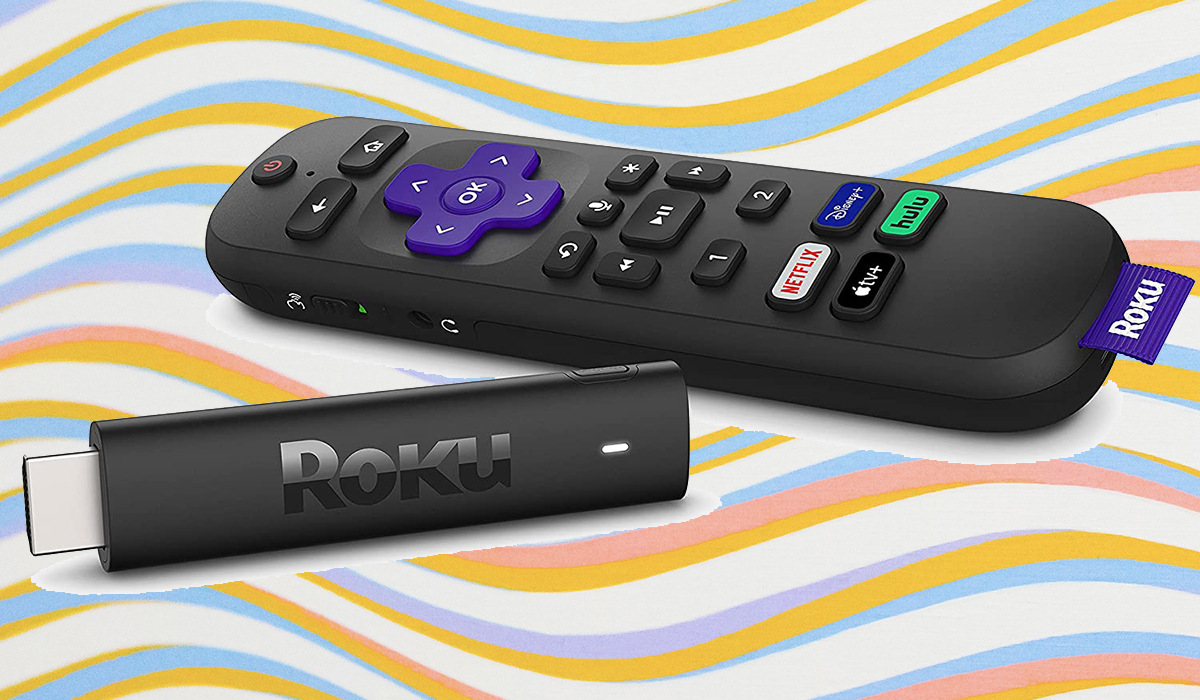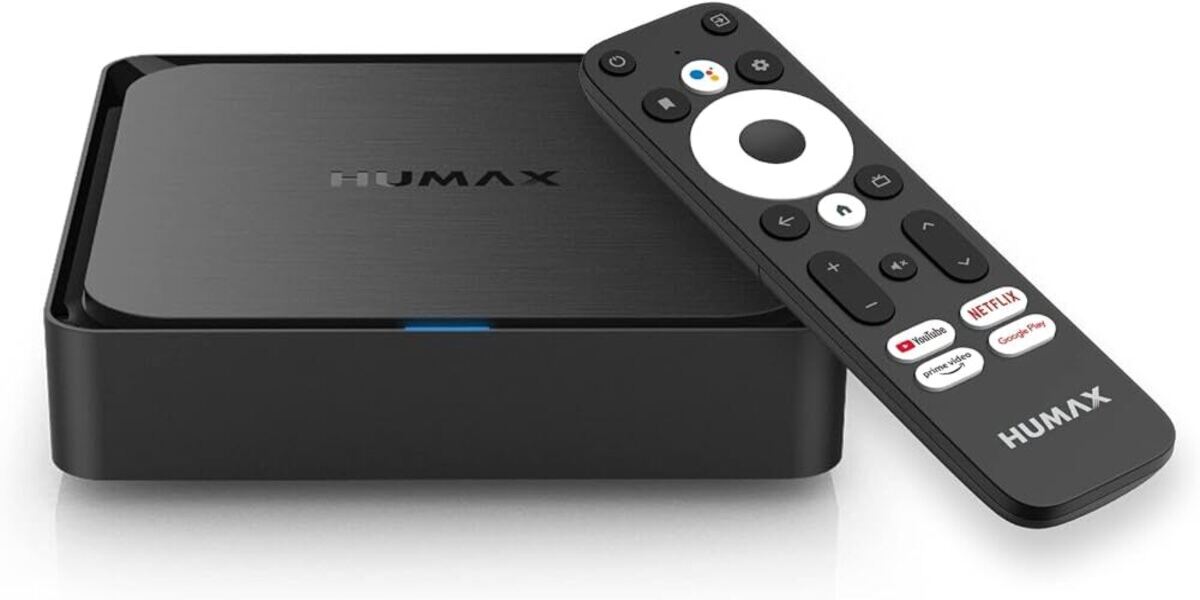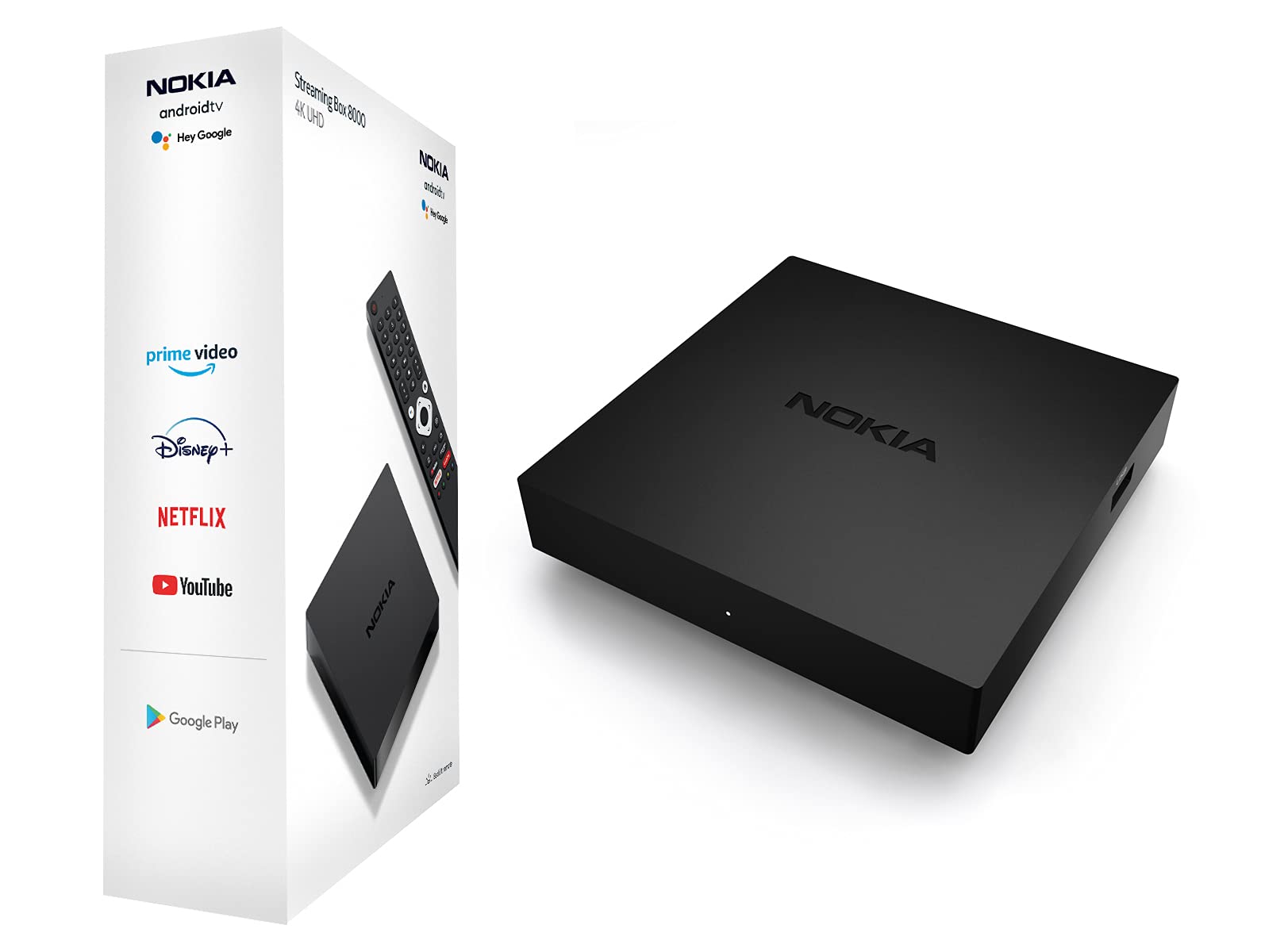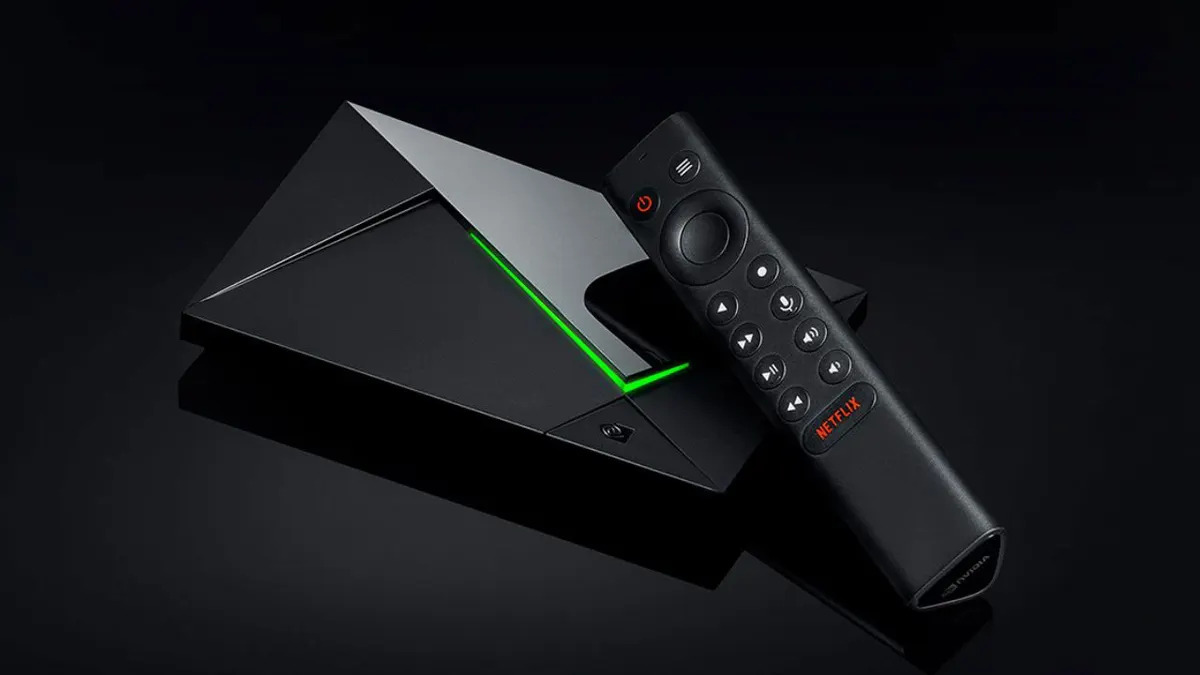Introduction
The Internet of Things (IoT) has become a buzzword in recent years, revolutionizing the way we connect and interact with the world around us. With the rapid advancement of technology, more and more devices are being connected to the internet, enabling them to communicate and share data. This interconnected network of devices has the potential to transform industries, improve efficiency, and enhance our daily lives.
One of the key players in the IoT arena is Google, a company known for its innovative and disruptive technologies. Google IoT Core is their offering in the IoT space, providing a scalable and secure platform for managing and analyzing IoT data. With its feature-rich capabilities and seamless integration with other Google services, Google IoT Core has gained popularity among businesses and developers looking to leverage the power of IoT.
In this article, we will explore what Google IoT Core is, its key features, how it works, and the benefits of using it. We will also dive into some real-life use cases to showcase the practical applications of Google IoT Core. Whether you are a business owner, a developer, or simply curious about IoT, this article will provide you with essential insights into how Google IoT Core can drive innovation and transform industries.
What is IoT?
The Internet of Things (IoT) refers to the network of physical devices, vehicles, appliances, and other objects embedded with sensors, software, and connectivity that allows them to collect and exchange data over the internet. These connected devices can range from everyday household items like smart thermostats and refrigerators to industrial machinery and infrastructure.
At its core, IoT is about enabling devices to communicate and share data with each other without human intervention. This connectivity opens up a world of possibilities, allowing for seamless integration between the digital and physical worlds. The data collected from these devices can be analyzed to gain valuable insights, automate processes, and make informed decisions, leading to improved efficiency, cost savings, and enhanced experiences.
IoT technology has found applications in various industries, including healthcare, manufacturing, transportation, agriculture, and smart cities. In healthcare, IoT devices can monitor patients’ vital signs and transmit real-time data to healthcare professionals, enabling remote monitoring and faster response times for critical situations. In manufacturing, IoT sensors can track inventory levels, monitor equipment performance, and streamline production processes.
The growth of IoT has been propelled by advancements in connectivity, cloud computing, and data analytics. With the proliferation of high-speed internet, the cost of sensors and hardware has decreased, making it more affordable to deploy IoT solutions. The rise of cloud platforms has provided a scalable infrastructure for storing, processing, and analyzing the massive amounts of data generated from IoT devices. Additionally, breakthroughs in machine learning and artificial intelligence have enabled more sophisticated data analytics and predictive capabilities.
In summary, IoT is a transformative technology that has the potential to reshape industries and improve the way we live and work. By connecting devices and harnessing the power of data, IoT enables organizations to make data-driven decisions, optimize processes, and create innovative products and services. As the IoT ecosystem continues to expand and evolve, it is essential for businesses and individuals to understand and harness the opportunities that IoT presents.
What is Google IoT Core?
Google IoT Core is a managed service provided by Google Cloud Platform that allows businesses and developers to securely and effectively connect, manage, and analyze data from IoT devices. It serves as a central hub for device communication, data ingestion, and device management, offering a reliable and scalable solution for IoT deployments.
At its core, Google IoT Core provides the infrastructure and tools necessary to establish a robust and secure pipeline for IoT data. It supports diverse protocols such as MQTT and HTTP, making it compatible with a wide range of devices and platforms. This enables seamless integration of existing devices or the development of new IoT devices that can communicate with Google IoT Core.
One of the key advantages of Google IoT Core is its seamless integration with other Google Cloud services. Data collected from IoT devices can be easily ingested into Google Cloud Storage or BigQuery, where it can be stored, analyzed, and visualized. Additionally, Google IoT Core integrates with other Google Cloud services like Google Pub/Sub for data streaming, Cloud Functions for real-time data processing, and Cloud Machine Learning Engine for advanced analytics and predictive modeling.
Security is a top priority in any IoT deployment, and Google IoT Core provides robust security mechanisms to protect data and devices. It uses Google Cloud IAM (Identity and Access Management) to manage access permissions and provides end-to-end encryption for data in transit and at rest. With Google’s extensive experience and expertise in security, businesses can trust that their IoT deployments are safeguarded against potential threats.
Another notable feature of Google IoT Core is its scalability. Whether businesses have a few devices or millions of devices, Google IoT Core can handle the influx of data efficiently. It leverages Google’s global infrastructure to ensure low-latency and high-throughput data processing, enabling real-time insights and actions.
In summary, Google IoT Core is a comprehensive and reliable platform for managing IoT deployments. Its integration with other Google Cloud services, robust security features, and scalability make it a compelling choice for businesses and developers looking to harness the power of IoT. With Google IoT Core, organizations can focus on leveraging data-driven insights to drive innovation, improve efficiency, and create new value propositions in the IoT landscape.
Key Features of Google IoT Core
Google IoT Core offers a range of powerful features that make it an attractive choice for managing IoT deployments. Here are some of its key features:
- Device Management: Google IoT Core provides a comprehensive device management system, allowing users to register and manage IoT devices at scale. This includes features such as authentication, device metadata management, and the ability to remotely configure devices.
- Protocol Support: Google IoT Core supports multiple protocols, including MQTT and HTTP, ensuring compatibility with a wide range of devices and platforms. This flexibility allows businesses to easily integrate existing devices or develop new IoT devices that can communicate with Google IoT Core.
- Seamless Integration with Google Cloud: Data collected from IoT devices can be seamlessly ingested into Google Cloud Storage or BigQuery, where it can be stored, analyzed, and visualized. Google IoT Core also integrates with other Google Cloud services like Pub/Sub for data streaming and Cloud Functions for real-time data processing.
- Security: Security is a top priority in IoT deployments, and Google IoT Core offers robust security measures. It uses Google Cloud IAM for access management and provides end-to-end encryption for data in transit and at rest. Additionally, it offers features like device-level security certificates and secure device provisioning.
- Scalability: Whether a business has a few devices or millions of devices, Google IoT Core can scale to handle the influx of data efficiently. Leveraging Google’s global infrastructure, it ensures low-latency and high-throughput data processing, enabling real-time insights and actions.
- Event-driven Architecture: Google IoT Core follows an event-driven architecture, where events are triggered based on device state changes or specific conditions. This allows for real-time monitoring, proactive maintenance, and automated actions based on predefined rules.
These key features make Google IoT Core a comprehensive and powerful platform for managing IoT deployments. With its device management capabilities, protocol support, seamless integration with Google Cloud, strong security measures, scalability, and event-driven architecture, businesses and developers can effectively manage and analyze data from IoT devices to drive innovation and efficiency.
How Does Google IoT Core Work?
Google IoT Core works by facilitating the secure and efficient communication between IoT devices and the cloud infrastructure. It provides a centralized hub for device management, data ingestion, and analysis, enabling businesses and developers to effectively leverage the power of IoT. Here’s an overview of how Google IoT Core works:
Device Registration: The first step in using Google IoT Core is to register the IoT devices. Each device is assigned a unique device ID and a security certificate. This device ID and certificate will be used during the authentication process to ensure secure and authorized communication between the device and Google IoT Core.
Device Connectivity: The registered devices can connect to Google IoT Core using supported protocols like MQTT or HTTP. These protocols facilitate the exchange of data between the devices and Google IoT Core. The devices can publish data to the cloud and subscribe to topics to receive commands or updates from the cloud.
Data Ingestion and Storage: Once the devices are connected, Google IoT Core ingests the data generated by these devices. The data is securely transmitted to Google Cloud Storage or BigQuery, where it can be stored, processed, and analyzed. This seamless integration with Google Cloud Platform allows for easy access to the data and enables further data-driven insights and actions.
Device Management: Google IoT Core provides efficient device management capabilities. This includes managing device metadata, such as device properties and configurations, as well as management commands to remotely control and configure devices. Device management also includes monitoring the health and status of devices, enabling proactive maintenance and troubleshooting.
Data Processing and Analysis: Google IoT Core integrates with other Google Cloud services, such as Pub/Sub and Cloud Functions, for real-time data processing and analysis. Data can be streamed to Pub/Sub, which then triggers Cloud Functions for executing custom business logic or performing real-time analytics on the data. This allows for immediate and automated responses based on specific conditions or events.
Security Measures: Security is a crucial aspect of Google IoT Core. It uses Google Cloud IAM for access management, ensuring that only authorized users can access and manage devices and data. Google IoT Core also provides end-to-end encryption for data in transit and at rest, protecting sensitive information from potential threats.
In summary, Google IoT Core acts as the bridge between IoT devices and the cloud infrastructure, enabling secure and efficient communication between them. By providing device registration, connectivity, data ingestion and storage, device management, data processing and analysis, and robust security measures, Google IoT Core simplifies the complexity of managing IoT deployments and empowers businesses and developers to make the most of IoT technology.
Benefits of Using Google IoT Core
Using Google IoT Core offers numerous benefits for businesses and developers looking to leverage the power of IoT. Here are some key advantages of using Google IoT Core:
- Scalability: Google IoT Core is built on top of Google’s global infrastructure, which ensures high scalability. Whether businesses have a few devices or millions of them, Google IoT Core can handle the influx of data and provide real-time insights and actions efficiently.
- Seamless Integration: Google IoT Core seamlessly integrates with other Google Cloud services, such as Cloud Storage, BigQuery, Pub/Sub, and Cloud Functions. This integration enables businesses to easily ingest data, perform real-time data processing and analytics, and store and retrieve data for further analysis.
- Device Management: Google IoT Core provides a comprehensive device management system, allowing businesses to manage their IoT devices at scale. This includes device registration, metadata management, remote configuration, and monitoring of device health and status. These management features simplify the deployment and maintenance of IoT devices.
- Security: Security is a top priority in IoT deployments, and Google IoT Core offers robust security measures. It uses Google Cloud IAM for access management and provides end-to-end encryption for data in transit and at rest. With Google’s expertise in security, businesses can trust that their IoT deployments are protected against potential threats.
- Flexibility in Protocol Support: Google IoT Core supports multiple protocols like MQTT and HTTP, making it compatible with a wide range of devices and platforms. This flexibility allows businesses to seamlessly integrate existing devices or develop new IoT devices that can communicate with Google IoT Core.
- Real-time Insights and Actions: With Google IoT Core’s integration with Pub/Sub and Cloud Functions, businesses can perform real-time data processing and trigger automated actions based on predefined rules or conditions. This capability enables businesses to make immediate decisions and responses, improving operational efficiency and customer experiences.
In summary, the benefits of using Google IoT Core include scalability, seamless integration with Google Cloud, comprehensive device management, robust security measures, flexibility in protocol support, and the ability to gain real-time insights and perform automated actions. By leveraging Google IoT Core, businesses and developers can unlock the full potential of IoT technology and drive innovation, efficiency, and business growth.
Use Cases for Google IoT Core
Google IoT Core has found applications across various industries, transforming operations and delivering valuable insights. Here are some notable use cases for Google IoT Core:
- Smart Buildings: In the field of smart buildings, Google IoT Core enables efficient monitoring and control of various systems like lighting, HVAC, security, and energy management. Sensors and devices can be connected to Google IoT Core to collect data on occupancy, temperature, and energy usage, allowing businesses to optimize resource allocation, reduce energy consumption, and improve occupant comfort and safety.
- Manufacturing: Google IoT Core can be utilized in manufacturing facilities to streamline production processes, monitor equipment performance, and ensure optimal inventory management. Connected devices on the assembly line can transmit real-time data to Google IoT Core, enabling businesses to identify bottlenecks, predict machine failures, and automate inventory replenishment, leading to increased productivity and cost savings.
- Logistics and Supply Chain: In the logistics and supply chain industry, Google IoT Core helps track and monitor goods throughout the entire supply chain. IoT devices attached to shipments can capture data on location, temperature, humidity, and condition. This data is sent to Google IoT Core, providing businesses with real-time visibility, ensuring the integrity of goods, and enhancing logistics efficiency.
- Healthcare: Google IoT Core has numerous applications in healthcare, ranging from remote patient monitoring to hospital asset management. IoT devices like wearable health trackers or medical devices can collect data and transmit it securely to Google IoT Core. Healthcare providers can then analyze this data for insights into patient health, enable remote monitoring, and streamline asset tracking, leading to improved patient outcomes and operational efficiency.
- Smart Agriculture: Google IoT Core is used in the agricultural sector to optimize farming processes and improve crop yields. By connecting sensors to Google IoT Core, farmers can monitor soil moisture levels, temperature, and weather conditions. This data can then be analyzed to automate irrigation systems, control pests, and optimize resource allocation, helping farmers to make data-driven decisions and maximize crop productivity.
- Smart Cities: Google IoT Core can play a vital role in creating smart cities by connecting various infrastructure components. IoT devices embedded in streetlights, waste management systems, and transportation systems can transmit data to Google IoT Core, allowing for efficient resource management, traffic optimization, and improved public services. This can lead to reduced energy consumption, enhanced citizen satisfaction, and a better overall quality of life.
These use cases highlight the versatility and potential impact of Google IoT Core across different industries. By harnessing the power of IoT and integrating it with Google’s robust infrastructure and services, businesses can drive innovation, improve efficiency, and create new value propositions in their respective fields.
Getting Started with Google IoT Core
Getting started with Google IoT Core is a straightforward process that involves a few key steps to set up and connect your IoT devices. Here’s a high-level overview of how to get started with Google IoT Core:
- Create a Google Cloud Platform (GCP) Project: Begin by setting up a GCP project if you don’t already have one. This project will serve as the foundation for managing your IoT deployments with Google IoT Core.
- Set Up IoT Core: Within your GCP project, navigate to the IoT Core section and create an IoT Core registry. A registry acts as a container for your IoT devices, allowing you to organize and manage them effectively.
- Register Devices: Once you have set up the registry, you can start registering your IoT devices. Each device will have a unique device ID and a security certificate that will be used for secure communication with Google IoT Core. Register devices either manually or using APIs provided by Google IoT Core.
- Connect Devices to Google IoT Core: After registering the devices, you need to establish connectivity between the IoT devices and Google IoT Core. This involves configuring the devices with appropriate credentials and protocols, such as MQTT or HTTP, to securely send and receive data.
- Ingest and Analyze Data: With the devices connected, Google IoT Core will start ingesting the data being generated. You can direct this data to different Google Cloud services like Cloud Storage or BigQuery for storage, analysis, and visualization. Leverage the power of other Google Cloud services, such as Pub/Sub and Cloud Functions, for real-time data processing and automated actions.
- Implement Security Measures: Ensure the security of your IoT deployments by implementing necessary security measures. Configure access permissions using Google Cloud IAM, enable TLS encryption for data transmission, and follow best practices to protect sensitive data.
- Monitor and Manage Devices: Use the device management capabilities of Google IoT Core to monitor and manage the registered devices. This includes monitoring device health and status, managing device metadata, and remotely configuring devices when needed.
Google provides comprehensive documentation and tutorials to help you get started with Google IoT Core easily. Additionally, there are software development kits (SDKs) available for various programming languages to facilitate device integration and communication with Google IoT Core.
By following these steps and leveraging the features of Google IoT Core, you can efficiently manage your IoT deployments, gain valuable insights from IoT data, and drive innovation in your business or project.
Conclusion
Google IoT Core is a powerful and comprehensive platform that enables businesses and developers to harness the potential of the Internet of Things (IoT). With its seamless integration with Google Cloud services, robust security measures, scalability, and device management capabilities, Google IoT Core provides a solid foundation for managing and analyzing IoT data.
By leveraging Google IoT Core, businesses can unlock new opportunities for innovation and efficiency across various industries. From smart buildings and manufacturing to logistics, healthcare, agriculture, and smart cities, Google IoT Core has proven its versatility and potential impact.
The seamless integration with Google Cloud services enables businesses to easily ingest, store, analyze, and visualize data collected from IoT devices. Real-time data processing and automated actions, driven by services like Pub/Sub and Cloud Functions, empower businesses to make immediate and informed decisions.
The scalability of Google IoT Core ensures that it can handle IoT deployments of any size, from a few devices to millions. This scalability, coupled with Google’s global infrastructure, enables businesses to process data efficiently and achieve real-time insights.
Security is a top priority in IoT deployments, and Google IoT Core provides robust security measures to protect data and devices. With Google Cloud IAM for access management and end-to-end encryption for data in transit and at rest, businesses can trust that their IoT deployments are safeguarded against potential threats.
In conclusion, Google IoT Core offers a comprehensive and reliable platform for managing IoT deployments. With its range of features, seamless integration with Google Cloud, and the ability to scale and ensure security, Google IoT Core empowers businesses and developers to unlock the full potential of IoT and drive innovation, efficiency, and growth in their respective fields.







